What’s It Like to Take the First Photos of a New Volcanic Island?
Meet the man who climbed to the top and took these stunning shots
GP Orbassano wasn’t scared. After wading to shore from his boat on March 6, he stepped onto an island thrust into the sea by a volcanic eruption that began in December. The land mass is so new it doesn’t have a name, since scientists aren’t yet sure that it’s stable enough to be permanent.
Orbassano is an Italian artist and photographer who also owns a hotel on the main island of Tonga, an archipelago of more than 170 islands in the South Pacific. The adventurous hotel owner, who’s lived in Tonga more than 20 years, has climbed onto an unstable volcanic island before—Hunga Tonga, not far from this newer island—and even took golf clubs that time to play a round on the new soil.
But if scientists say this new formation is still too dangerous for visitors, why wasn’t Orbassano worried?
As a former professional photographer, he tells Smithsonian.com, “I have been in more dangerous situations.”
The land he climbed with two friends was born from an underwater eruption that spewed ash for several weeks. Volcanic materials accumulated to create a tenuous island of loose, fragmented magma.
In general, volcanic islands form when magma and gas build up under Earth’s surface, then explode in a blast of lava, rock and ash. There are roughly 1,900 active volcanoes on Earth, but permanent land masses formed from volcanic activity are far more rare. Indeed, this particular island near Tonga may erode back into the ocean in just a few months.
While it wasn’t his first volcanic island, Orbassano says the experience was “quite strange … I was together with two other friends and I was joking with them saying ‘I feel like Armstrong walking on the moon,’ [because] the surface of the volcano, black and grey and unspoiled, was similar.”
His only concern as he climbed the unsteady volcano? Not that a deadly eruption could blast him at any moment, but simply that it was slippery.
“I’m not exactly a teenager,” he says. “I’m 63 years old.”
It took Orbassano more than an hour to reach the top, though in part that was because he kept stopping to take pictures.
“The landscape was fantastic,” he says, “really breathtaking, and the view from the top absolutely unique.”
Another relatively new island, Surtsey, is now a research center for earth scientists and biologists. The island appeared between 1963 and 1967 due to a volcanic eruption off the southern coast of Iceland. A UNESCO World Heritage site, it is named for Surt, or Surtr, the fire giant of Norse mythology. It’s intended to be a pristine research center free from tourism, but hey: If you study biology or earth science, consider applying to visit.
Back in Tonga, where the eruption is still settling, Orbassano says the volcano’s opening smells of sulphur and contains green, acidic water—a color you can see yourself in his incredible photographs above.
/https://tf-cmsv2-smithsonianmag-media.s3.amazonaws.com/accounts/headshot/michele-lent-hirsch.jpg)
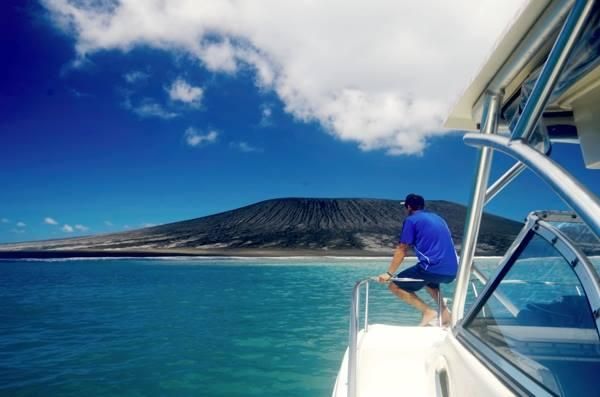
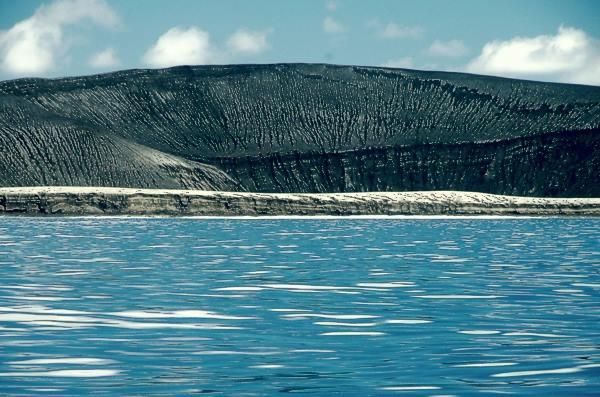
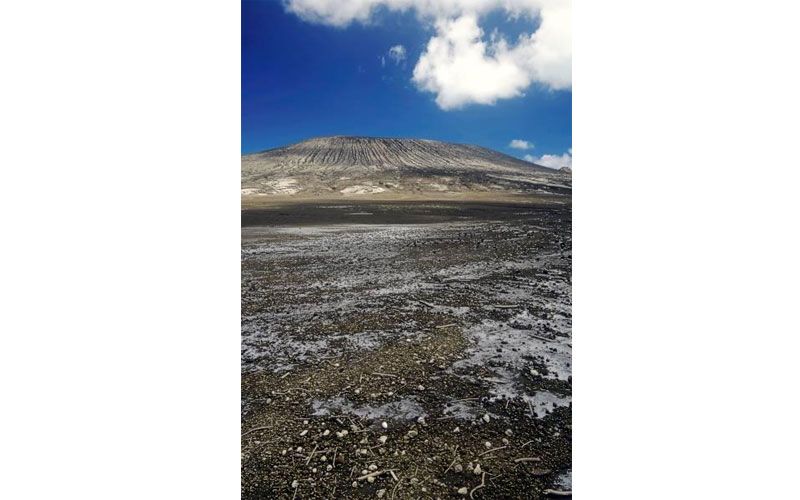
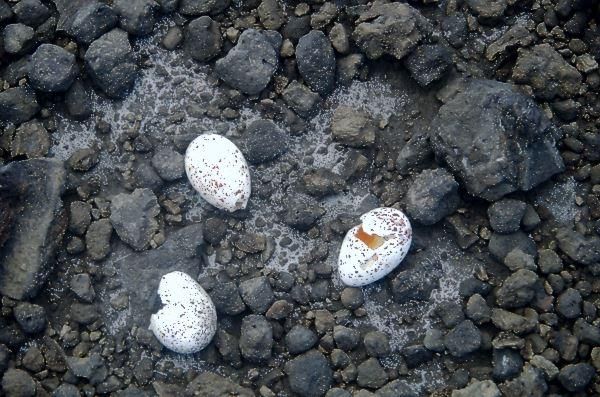
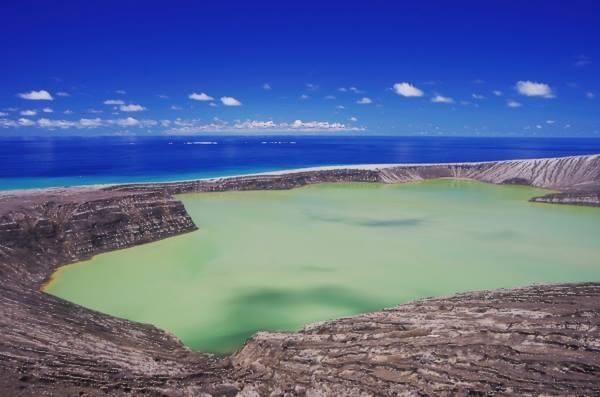

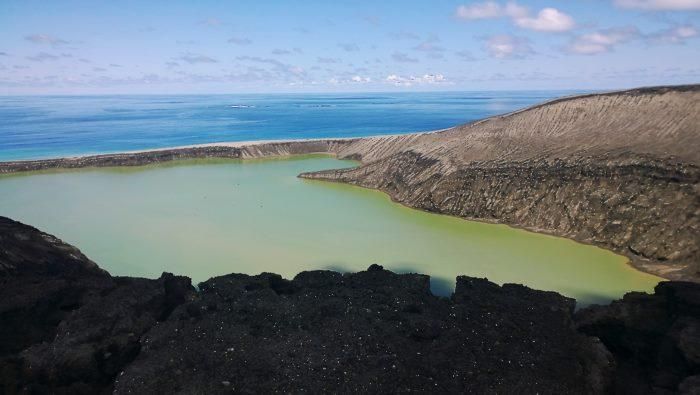

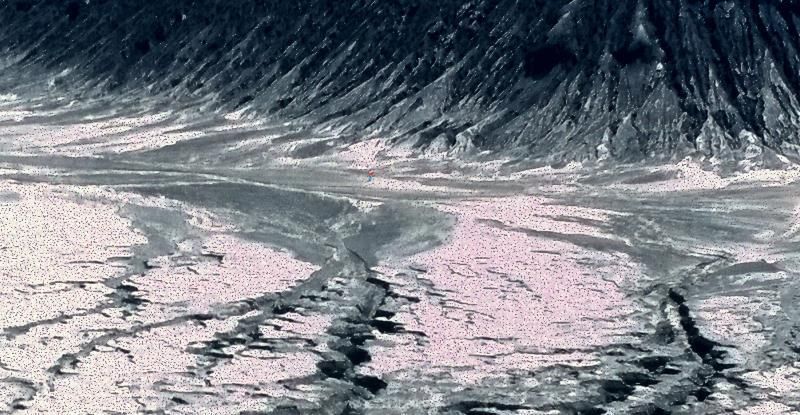
/https://tf-cmsv2-smithsonianmag-media.s3.amazonaws.com/accounts/headshot/michele-lent-hirsch.jpg)